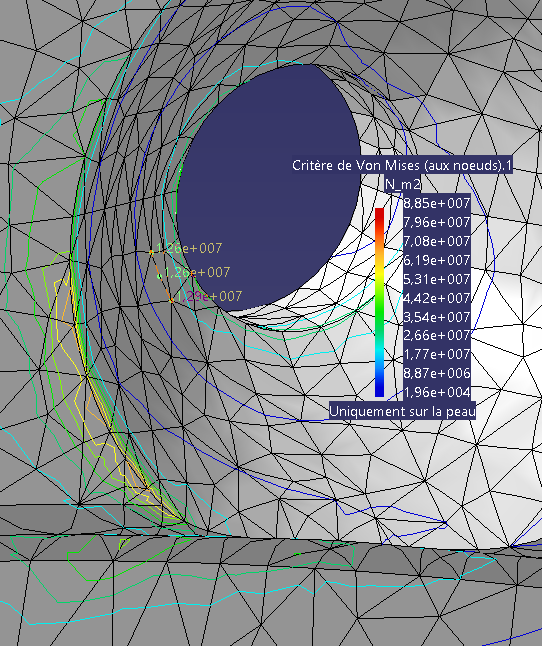I have a somewhat unique question here, and I haven't been able to get a clear answer elsewhere. There is a question with a similar title, only with the camera and lens terms swapped. My question is different, in that I really do need to know how much weight a Canon white telephoto prime L series lens can handle on its mount.
I am looking to use a particular CCD camera with my 600mm f/4 L II lens, and probably with a 300mm f/2.8 L II lens in the future. The camera with all the various accessories attached may weigh in at about 6lb, maybe more. The heaviest DSLR camera with accessories that I've been able to identify weigh in at around 4lb.
I just need to know what the acceptable limits are. Once the camera is attached, it won't really be touched or moved or anything like that...it will only track, with the lens, on an equatorial tracking mount for astrophotography. If the mount cannot handle 6-7lb of weight, then I think I'll need to figure out some kind of custom support rig, so the entire weight of the camera is not hanging off the mount alone.
UPDATE:
I use a custom rig to attach my lens and a guidescope to my mount. This is what I use:
So the weight of the entire system will not be hanging off the tripod foot on the lens. Actually, the tripod foot is not used at all...the lens is supported in both the front and the back by scope rings, attached to a large Losmandy D-type dovetail at the base, and a Vixen V-type dovetail at the top, for both support and accessory attachments.
The entire weight of the camera will really be hanging off the lens mount. It will usually not remain in the orientation you see above...that is the park position in polar alignment pointing at Polaris (well, the NCP). The mount will reorient the setup to point wherever I want it to in the celestial hemisphere, and then track my object across the sky throughout the night. So the force of gravity on the camera will change, frequently sometimes, and as the mount tracks.
Maximum tracking speed is about 3.5 degrees per second...not terribly fast. Normal tracking rate is sidereal, extremely slow (it matches the rotational speed of the Earth...so, extremely slow. :P) It moves pretty smoothly, comes to a stop slowly. There shouldn't be any jerking actions...unless I experience a pier crash, where the scope or camera run into the pier or tripod the mount sits on.
UPDATE 2:
Here is an example of the size of the camera:
It is largish, maybe about the size of a 1D X. However, that is not its total size. It will also be used with a filter wheel, which is actually larger in area than the camera, and offset down from the center of the camera a bit:
The trick here is getting the camera supported...despite the filter wheel. More so than that...I need to be able to rotate the lens with the camera in order to properly frame my targets. So the filter wheel won't necessarily always be hanging over the camera down towards the ground...it could be pointed to the side, up, at a 45 degree angle or anywhere really.
...hence the reason I am wondering whether the lens mount can handle it on its own, safely, without any risk. I can't risk this lens, so if there is any risk, then I'll probably have to build some kind of support rig for the camera.








